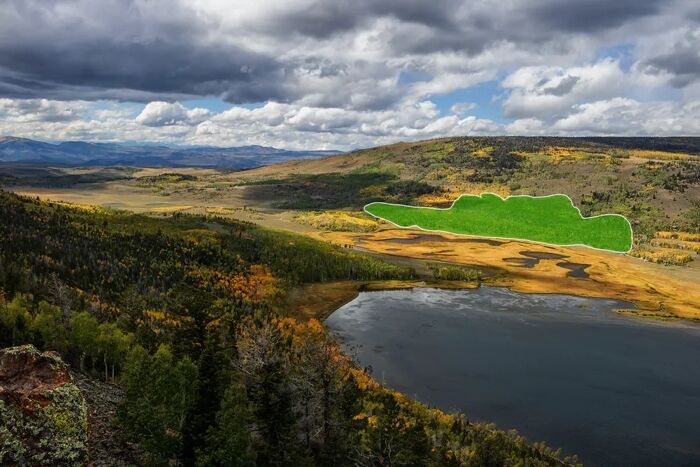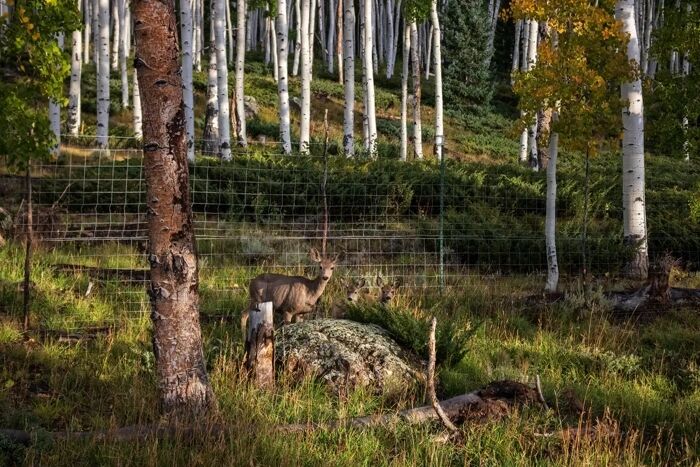News
The largest organism on Earth is endangered: what Pando looks like and what scientists say. Photo.
In the Wasatch Mountains in the western United States, on the slopes above a spring lake, lives one giant organism that provides an entire ecosystem that plants and animals have relied on for thousands of years. Pando is 106 acres of aspen clones, or 47,000 genetically identical stems that emerge from an interconnected root network.
Although this site in Utah looks like a forest of individual trees with amazing white bark and small leaves, it is actually a genetic creature weighing about 6,000 metric tons. By weight, it is the largest organism on Earth, which, according to scientists, is in danger of extinction, ScienceAlert writes.
Specifics of Pando
According to scientists, aspen trees do tend to form clone plantations elsewhere, but Pando is interesting for its gigantic size. Most aspen clone plantations in North America are much smaller, and in the western United States, they cover an average of only 3 acres.
The pando has been around for about 14,000 years, despite the fact that most stems only live for about 130 years. Its longevity and remoteness create an entire ecosystem of 68 plant species and many animals.
Threats of extinction
Although the Pando is protected by the US National Forest Service and is not threatened by logging, it faces other alarming factors. In particular, the biggest concern is overgrazing by deer and elk, which eat the youngest trees. Animals congregate in Pando because forest protection means that ungulates will not be hunted here.
So there are few young trees in large parts of Pando. The exception is one area that was fenced off a few decades ago to protect it from elk and deer.
Older stems in Pando are also affected by at least three diseases: bark cancer, leaf spot, and fungal disease.
Although plant diseases have evolved and thrived in aspen stands for thousands of years, it is unknown what their long-term impact on the ecosystem might be, given the lack of new growth and the ever-growing list of other factors pressuring the cloned giant.
The biggest threat, however, is climate change. Pando emerged after the last ice age, and it has been in a mostly stable climate since then. So climate change threatens the size and lifespan of the tree, as well as the entire ecosystem it contains.
Although no scientific studies have focused specifically on Pando aspen plantations, they are already struggling with reduced water supplies and warmer weather earlier in the year, making it harder for the trees to form new leaves. With climate change, the threat of fires is also increasing.
Despite the concerns, conservation groups and the U.S. Forest Service are working to protect the aspen tree and its associated ecosystem. A group called Friends of Pando aims to introduce this amazing organism to everyone through numerous videos.
Only verified information is available on the OBOZ.UA Telegram channel and Viber. Do not fall for fakes!






























